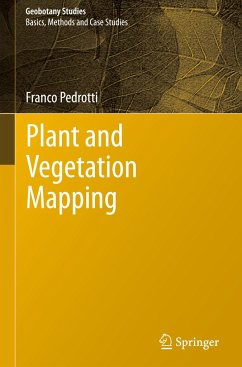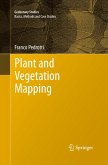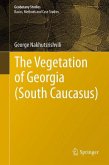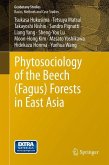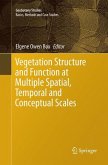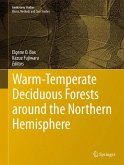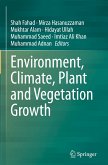The book is concerned principally with geobotanical mapping. Geobotany is a broad science that deals with the study of species and of vegetation communities in relation to the environment; it includes other, perhaps more familiar sciences, such as plant geography, plant ecology, and chorology, and phytosociology (plant sociology).
Geobotanical cartography is a field of thematic cartography that deals with the interpretation and representation, in the form of maps, of those spatial and temporal phenomena that pertain to flora, vegetation, vegetated landscapes, vegetation zones, and phytogeographical units. The production of a geobotanical map represents the last stage in a cognitive process that begins with observations in the field and continues with the collection of sample data, interpretation of the phenomena observed, and their appropriate cartographic representation; geobotanical cartography is closely tied to the concepts and scope of geobotany in general
Geobotanical cartography is a field of thematic cartography that deals with the interpretation and representation, in the form of maps, of those spatial and temporal phenomena that pertain to flora, vegetation, vegetated landscapes, vegetation zones, and phytogeographical units. The production of a geobotanical map represents the last stage in a cognitive process that begins with observations in the field and continues with the collection of sample data, interpretation of the phenomena observed, and their appropriate cartographic representation; geobotanical cartography is closely tied to the concepts and scope of geobotany in general
From the reviews:
"A welcome addition to the literature and its translator, the North American Elgene Box, has acquitted himself well in making it accessible to biogeographers and others. ... this is a balanced overview of plant, as well as vegetation, mapping. ... it provides a wealth of examples of how its forms of data, analytical results and concepts have been made spatially explicit in maps of various kinds." (John Rodwell, Frontiers of Biogeography, Vol. 5 (3), 2013)
"A welcome addition to the literature and its translator, the North American Elgene Box, has acquitted himself well in making it accessible to biogeographers and others. ... this is a balanced overview of plant, as well as vegetation, mapping. ... it provides a wealth of examples of how its forms of data, analytical results and concepts have been made spatially explicit in maps of various kinds." (John Rodwell, Frontiers of Biogeography, Vol. 5 (3), 2013)

